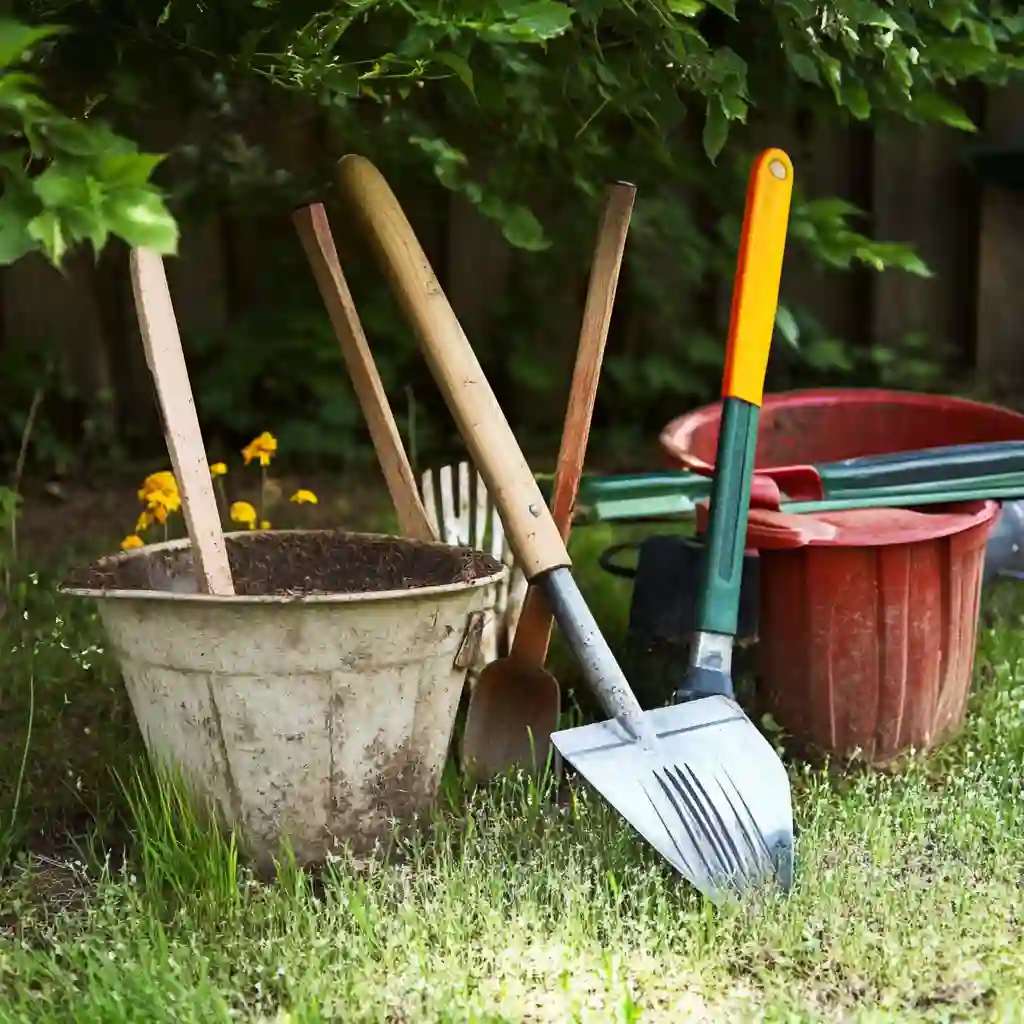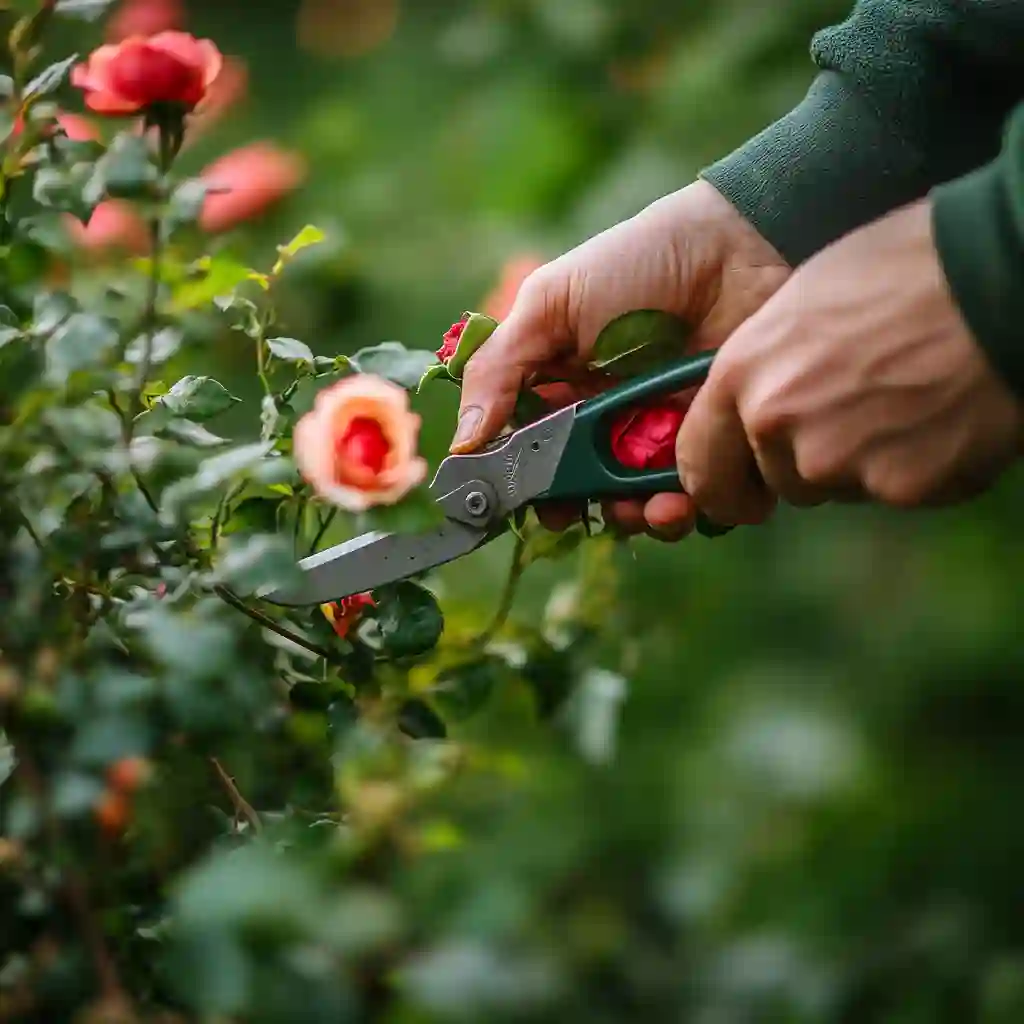Whether you’re growing vegetables, tending to a flowerbed, or designing a backyard oasis, having the right gardening tools can make or break your efforts. The right tools don’t just save time—they help prevent injury, make tasks more efficient, and ensure your garden thrives all season long.
In this guide, we’ll walk through the must-have gardening tools that everyone needs, from beginner-friendly basics to pro-level gear. No matter your skill level, these tools are essential for cultivating a garden that’s both beautiful and productive.
Table of Contents
Quick Facts & Tool Insights
Before we get into the nitty-gritty of each tool, here’s a quick overview to help you understand why these essentials belong in every gardener’s arsenal.
🧰 Quick Facts About Gardening Tools
- Material matters: Look for rust-resistant stainless steel or powder-coated metal for durability.
- Ergonomics count: Comfort-grip handles reduce strain, especially during repetitive tasks.
- Tool longevity: Well-maintained tools can last decades—investing in quality pays off.
- Storage tip: Store tools in a dry, sheltered spot to prevent rust and damage.
🌱 How the Right Tools Impact Your Garden
- Efficiency: A wheelbarrow or garden cart can move heavy soil or mulch in one trip instead of ten.
- Precision: Hand pruners and trowels allow delicate, accurate work that prevents plant damage.
- Soil health: Forks and hoes help break up compacted soil and eliminate weeds, improving root development and water absorption.
- Plant health: Sharp, clean pruners reduce the chance of plant disease transmission.
Key Tool Types by Gardening Task
| Task | Recommended Tools |
|---|---|
| Planting | Trowel, Spade, Garden Fork |
| Pruning & Trimming | Hand Pruners, Loppers |
| Soil Prep & Weeding | Stirrup Hoe, Garden Fork, Rake |
| Transporting Materials | Wheelbarrow |
| Watering | Watering Wand |
| Cleanup & Maintenance | Leaf Rake, Pruners |
These tools aren’t just for convenience—they’re for better gardening results. In the next section, we’ll go over the ideal growing conditions in which these tools shine and how to choose them wisely.
Ideal Conditions & Choosing the Right Tool for the Job
Just like plants thrive in the right soil and sunlight, your gardening tools perform best when matched to the task at hand and the conditions of your outdoor space. Here’s how to choose the right tools based on garden size, soil type, and plant variety—and how to work with your space instead of against it.
🌦️ Matching Tools to Your Garden Environment
1. Small-Space or Urban Garden
- Must-haves: Hand trowel, pruners, watering wand
- Why: Smaller beds and containers call for precision. Tools with compact handles and lightweight designs are easier to maneuver.
- Tip: A foldable rake or collapsible hose is perfect for tight storage.
2. Large or Raised Bed Gardens
- Must-haves: Spade, garden fork, stirrup hoe, wheelbarrow
- Why: You’ll need to move more materials and cultivate more soil. Strong, full-size tools will save your back and time.
- Tip: Choose tools with longer handles to give you more leverage and reach.
3. Clay or Compacted Soil
- Must-haves: Garden fork, heavy-duty spade
- Why: This type of soil needs breaking up before planting. Thin or flimsy tools won’t hold up.
- Tip: Look for steel-reinforced or square-tine forks for extra durability.
4. Sandy or Loose Soil
- Must-haves: Trowel, stirrup hoe, rake
- Why: Loose soils are easier to dig but shift easily, so you’ll need tools that allow fine control for planting and weeding.
- Tip: A hand trowel with depth markings helps ensure even planting.
5. Gardens with Trees or Shrubs
- Must-haves: Loppers, hand pruners, rake
- Why: Trimming and seasonal cleanup are key. Choose bypass pruners for live wood and anvil pruners for dead stems.
- Tip: For hard-to-reach limbs, opt for extendable loppers or a pruning saw.
✅ How to Test Before You Buy
- Hold it: The tool should feel balanced—not too heavy or awkward.
- Handle check: Grips should feel comfortable and fit your hand well, especially if you garden for long periods.
- Inspect the joints: For pruners and loppers, test the hinge or pivot point for smooth movement and strength.
- Try before you buy: If possible, visit a local garden center and get a feel for different tool styles—what works for one gardener might not work for another.
By understanding your garden’s unique conditions, you can select the tools that will make each job smoother and more enjoyable.
Step-by-Step Garden Tool Setup & Usage Guide
Getting the right tools is only half the battle—knowing how to use and maintain them is what turns a casual gardener into a confident one. This section walks you through setting up your essential gardening tools, how to use them correctly, and how to extend their lifespan with simple care habits.
🛠️ Step 1: Tool Setup & Storage
🔧 Assemble (If Needed)
- Some tools like wheelbarrows or watering wands may require light assembly. Follow manufacturer instructions carefully, and tighten all bolts or fittings.
- Test moving parts (like a pruner’s blades) to ensure they open and close smoothly.
🧴 Prep Before First Use
- Apply linseed oil to wooden handles to protect them from moisture.
- Spray metal blades with a light coat of WD-40 or tool oil to prevent rust.
🏡 Designate a Tool Storage Area
- Hang frequently used tools like pruners, trowels, and hoes on a pegboard or wall-mounted rack.
- Store large tools (like spades and forks) upright in a dry, well-ventilated shed or garage.
- Keep a bucket of sand mixed with mineral oil—you can plunge tools into it after use to clean and protect the blades.
🪴 Step 2: Using Your Tools the Right Way
✅ Spade
- Use your foot to drive the blade into the ground.
- Keep your back straight and lift using your legs, not your spine.
- Ideal for edging beds, digging planting holes, or transplanting shrubs.
✅ Garden Fork
- Rock it back and forth to loosen compacted soil without flipping it.
- Use square-tine forks for tough jobs and harvesting root vegetables.
✅ Stirrup Hoe
- Slide the blade just beneath the soil surface in a push-pull motion.
- Best used after light rain when weeds are small and soil is slightly moist.
✅ Trowel
- Use the measurement marks to ensure accurate planting depth.
- Keep the blade clean and sharp for easy digging.
✅ Pruners & Loppers
- Always cut at a 45° angle just above a leaf node or bud.
- Sterilize blades between cuts to prevent spreading disease (a quick swipe with isopropyl alcohol works great).
✅ Watering Wand
- Use a fine spray setting for seedlings and new transplants.
- Water early in the morning to reduce evaporation and fungal risk.
🧼 Step 3: Cleaning & Maintenance Tips
- After each use: Wipe down tools with a cloth to remove dirt and sap.
- Weekly: Check for rust spots and scrub them with steel wool or a wire brush.
- Monthly: Sharpen blades on pruners, loppers, and hoes using a file or sharpening stone.
- Seasonally: Tighten screws and bolts, replace worn grips, and do a full inspection before winter storage.
Proper use and upkeep can double or even triple the life of your tools—saving you money and frustration in the long run.
Maintenance, Common Problems & Eco-Friendly Pest Solutions
Even the best tools can run into issues over time—but with the right care and a few smart pest management strategies, you’ll stay ahead of problems and keep your garden thriving.
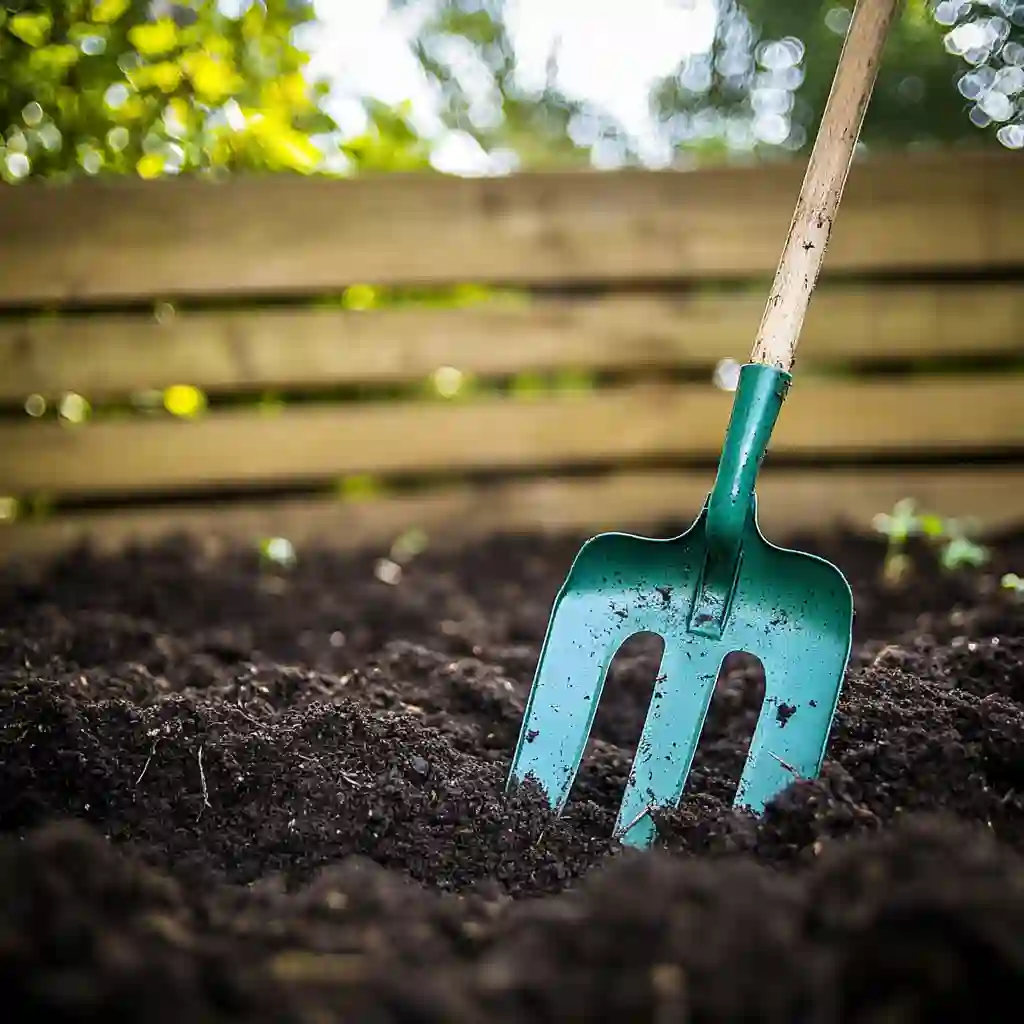
🧰 Ongoing Tool Maintenance: What to Watch For
⚙️ Common Issues & Fixes
| Problem | Solution |
|---|---|
| Rust on blades | Scrub with steel wool, then apply a protective oil layer |
| Loose tool heads (spade, fork) | Re-tighten bolts or replace rivets; use wood glue for wooden handles |
| Dull cutting blades | Sharpen regularly with a flat file or sharpening stone |
| Cracked wooden handles | Sand rough areas and treat with linseed oil or replace handle if needed |
| Sticky pruner action | Clean sap buildup and lubricate pivot point |
🧽 Quick Cleaning Routine
- Keep a stiff-bristle brush near your tool storage to knock off dry dirt.
- Disinfect blades after pruning diseased plants using rubbing alcohol or a diluted bleach solution (1 part bleach to 9 parts water).
- At season’s end, deep clean, sharpen, oil, and store tools in a dry place to prevent winter damage.
🐛 Common Garden Pests & Natural Solutions
Your tools help you keep plants healthy, but they can also unintentionally spread pests or diseases if not maintained properly. Here’s how to stay proactive:
🕷️ Aphids, Whiteflies, and Spider Mites
- Natural Fix: Spray plants with neem oil or a mix of water, dish soap, and a dash of cayenne.
- Tool Tip: Wash pruners after snipping infected areas to avoid spreading bugs.
🐌 Slugs and Snails
- Natural Fix: Use crushed eggshells or copper tape around beds; attract with beer traps.
- Tool Tip: Avoid using the same trowel across infected and healthy areas without cleaning.
🦗 Cutworms and Grubs
- Natural Fix: Beneficial nematodes and diatomaceous earth work wonders in soil.
- Tool Tip: A garden fork can be helpful to disturb soil and expose pests to predators.
🍄 Fungal Diseases (like powdery mildew or blight)
- Natural Fix: Spray with a baking soda solution (1 tbsp baking soda + 1 tsp liquid soap per quart of water).
- Tool Tip: Sanitize blades and rake up fallen leaves to reduce spore spread.
🌿 Eco-Friendly Maintenance Practices
- Choose tools made from recycled steel or FSC-certified wood when possible.
- Use manual tools (like hoes and rakes) over gas-powered options to reduce your carbon footprint.
- Sharpen and repair instead of replacing—it’s cheaper and more sustainable.
- Compost broken wooden handles or donate unusable tools to tool libraries or garden co-ops.
Well-maintained tools and a proactive garden care routine lead to healthier plants, fewer problems, and a more enjoyable gardening experience.
Additional Expert Tips & FAQs
Ready to take your gardening tool game to the next level? These extra tips and frequently asked questions will help you avoid beginner pitfalls, boost efficiency, and get more from every tool in your shed.
🌟 Expert Tips for Smarter Gardening
🛒 1. Don’t Buy Everything at Once
Start with the core essentials—trowel, pruners, spade, and a watering wand. As your garden (and skill level) grows, expand your toolkit with more specialized items like stirrup hoes and loppers.
🧤 2. Gloves Are Tools Too
Invest in a few pairs of high-quality gardening gloves. Use thicker gloves for thorny tasks and lighter ones for fine work like transplanting.
🌦️ 3. Garden in the Right Conditions
Wet soil can make digging harder and damage your tools. Aim to dig when soil is moist but not muddy—this keeps tools cleaner and makes the job easier.
🔧 4. Color Code Your Tools
Paint the handles of frequently used tools in bright colors so they’re easy to find in grass or mulch.
🧰 5. Create a Mobile Garden Kit
Use a 5-gallon bucket or a garden tote to keep your most-used tools together. Add a kneeling pad, gloves, twine, and labels to save trips back to the shed.
❓ Frequently Asked Questions
Q: What are the best tools for beginners?
A: Start with a trowel, pruners, spade, watering wand, and a rake. These cover the core needs of planting, watering, trimming, and tidying.
Q: How often should I sharpen my tools?
A: Ideally, once a month during peak gardening season. You can use a sharpening file, whetstone, or specialized sharpener for pruners and hoes.
Q: Can I use dish soap to clean my tools?
A: Yes, mild dish soap and warm water work well for cleaning off dirt and sap. Just dry your tools completely and oil the metal afterward to prevent rust.
Q: Is it worth buying ergonomic tools?
A: Absolutely—especially if you have arthritis, carpal tunnel, or spend long hours in the garden. Look for soft grips, curved handles, and lightweight designs.
Q: What should I do with broken tools?
A: Try repairing them—many tool handles and blades can be replaced. If not, recycle the metal parts or donate them to tool recycling programs.
Conclusion 🌿
Gardening isn’t just about plants—it’s also about the tools you choose to shape, nurture, and maintain your outdoor space. From planting to pruning, from weeding to watering, having the must-have gardening tools at your fingertips makes every task smoother and more enjoyable.
Whether you’re a beginner starting your first raised bed or a seasoned green thumb fine-tuning your backyard oasis, investing in quality tools and maintaining them well will elevate your gardening success—and satisfaction.
So, check your shed, organize your kit, and maybe pick up a few new essentials. Because with the right tools in hand, you’re not just gardening—you’re growing something great.
🌿 Love gardening inspiration? Follow me on Pinterest for bold plant ideas, tips, and seasonal color!
More Posts
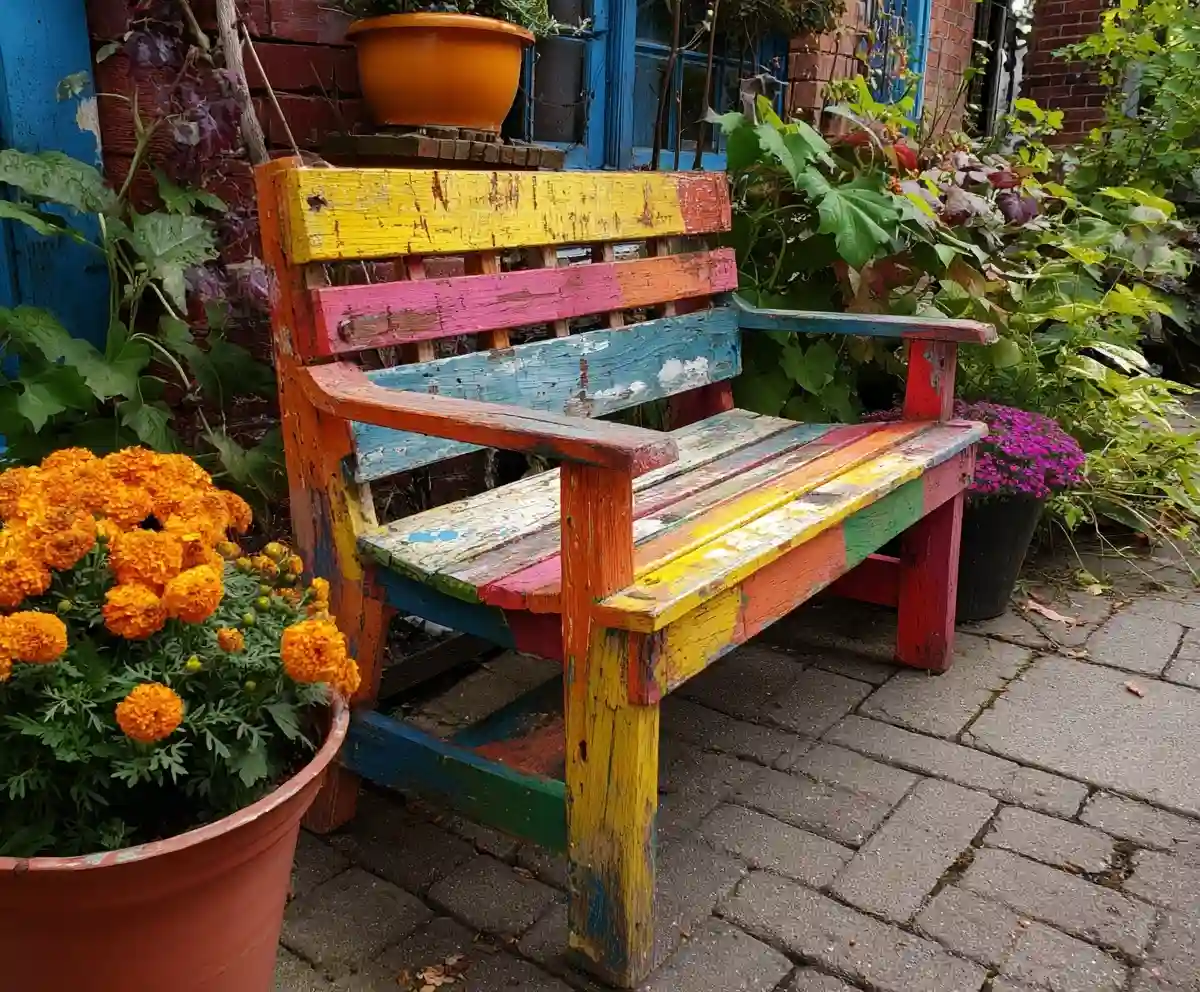
19+ Budget-Friendly Backyard Makeover Ideas
Backyard makeover ideas can turn even the most ordinary outdoor space into a warm, inviting retreat—without draining your wallet.
Read More →
21 Stunning & Simple DIY Clematis Trellis Designs
DIY clematis trellis designs are a beautiful way to blend creativity with function in your garden.
Read More →
12 Full Sun Perennials That Bloom All Summer
Explore a selection of hardy perennials that flourish and bloom beautifully in full sun throughout the summer.
Read More →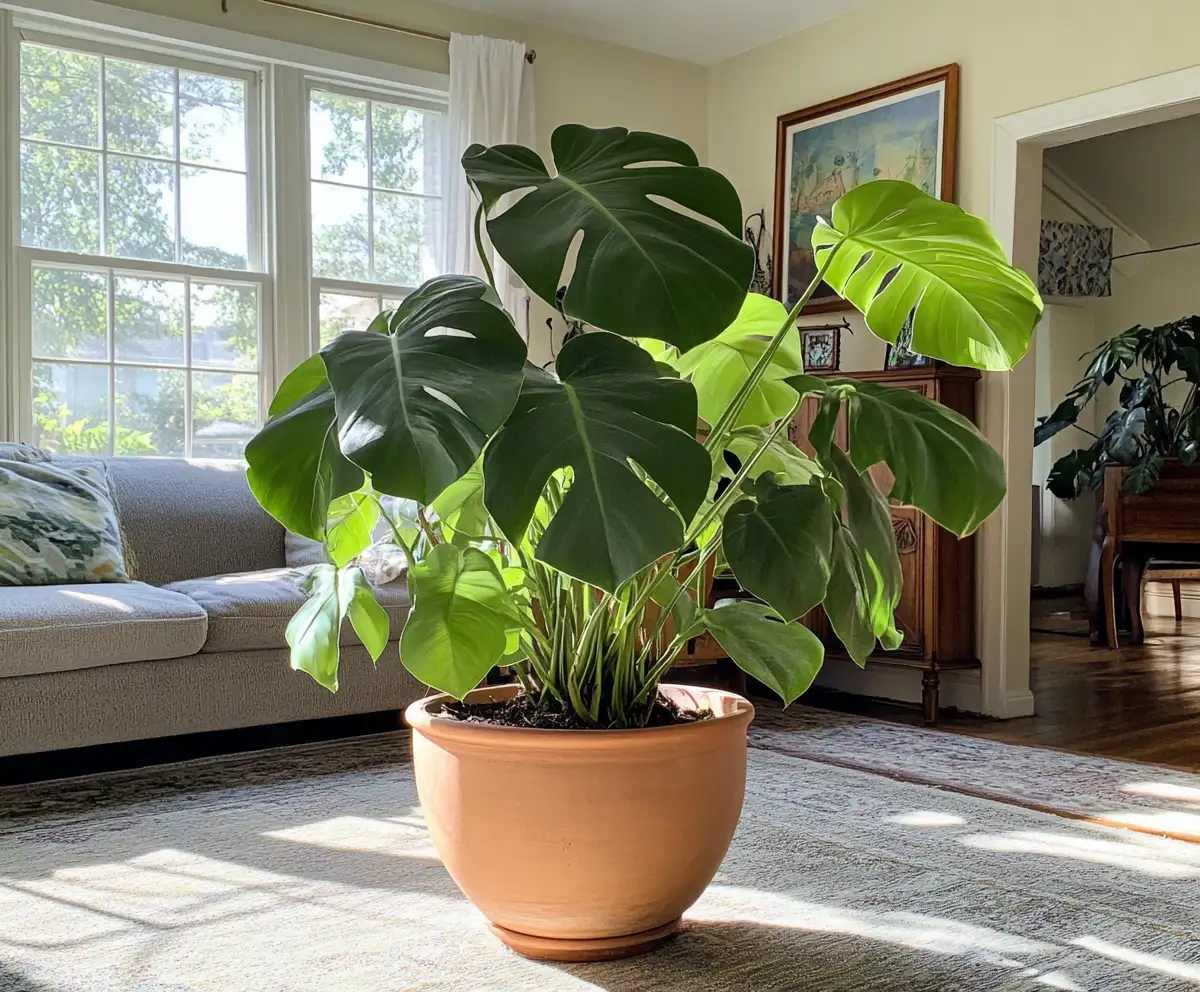
Houseplants for Living Room
Find the perfect houseplants to brighten and purify your living room while adding a touch of nature indoors.
Read More →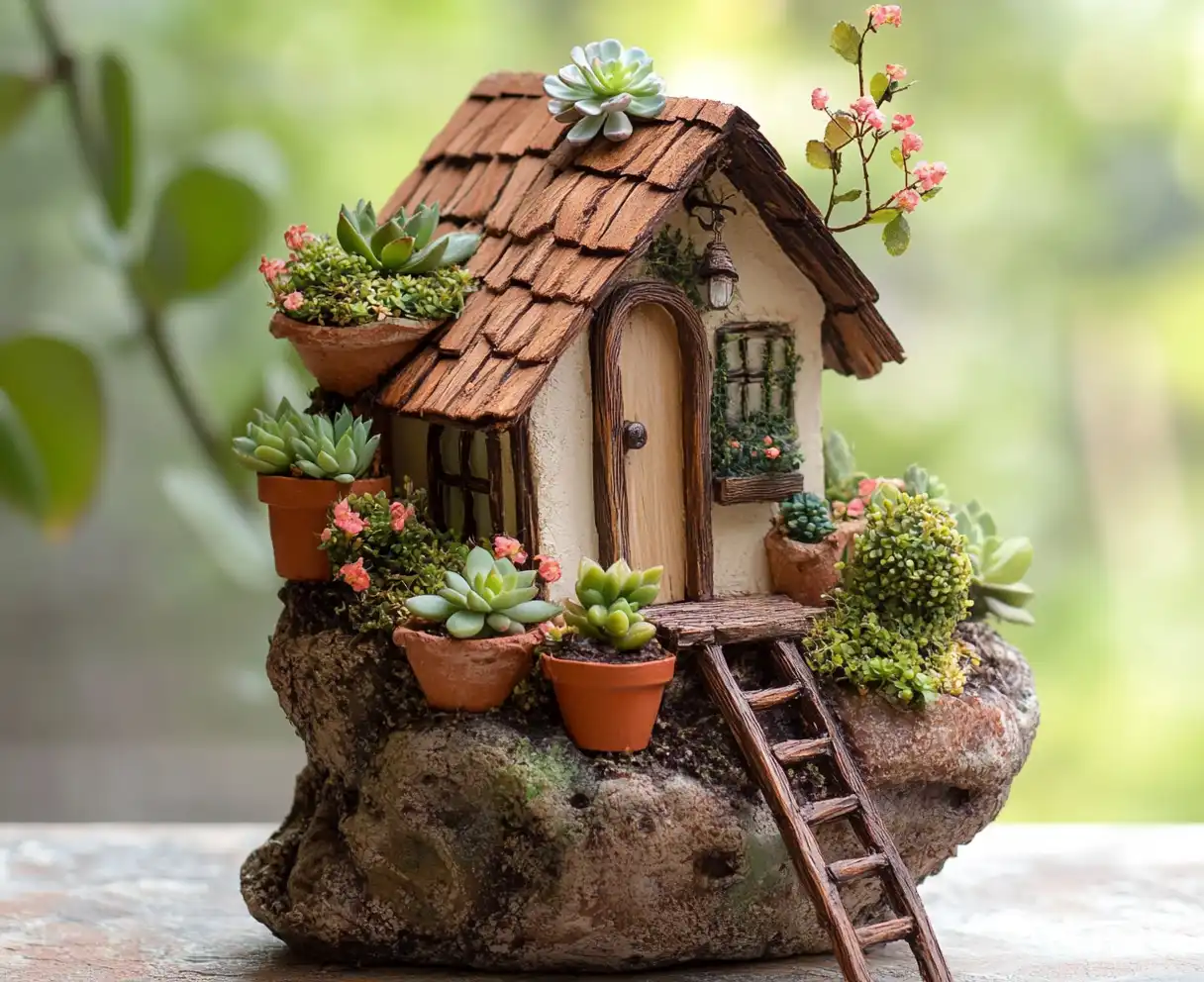
Backyard Play Area for Kids
Create a fun and safe backyard play area for kids with these inspiring design ideas and tips.
Read More →
Top Privacy Trees
Discover top tree varieties that provide natural privacy and enhance your outdoor space.
Read More →
